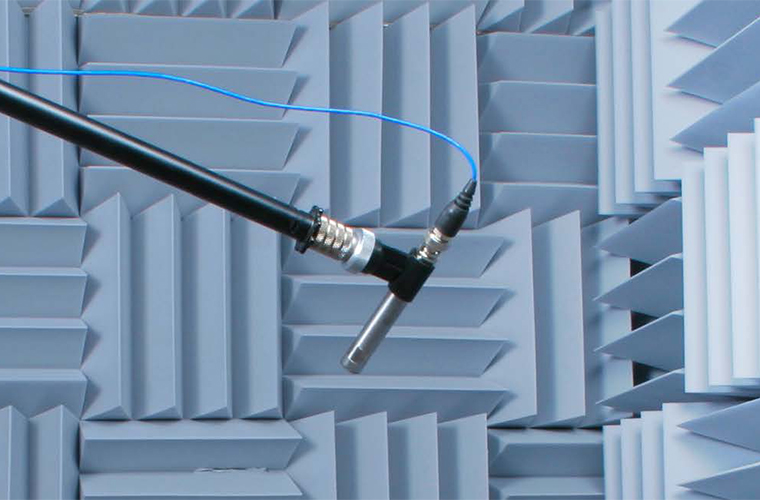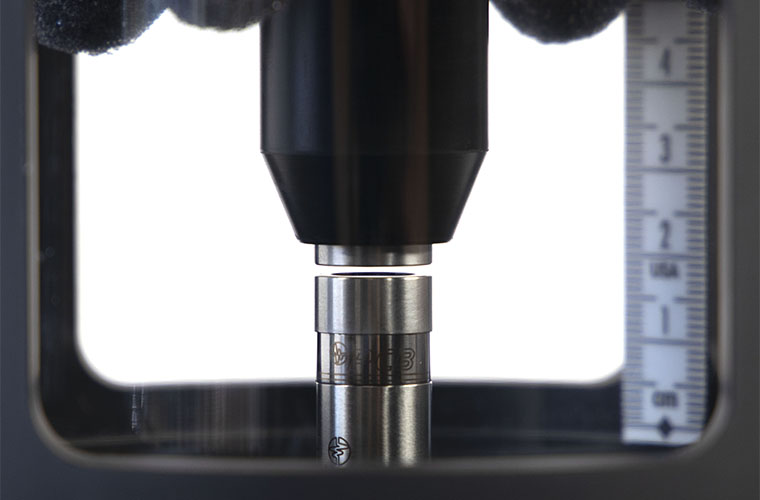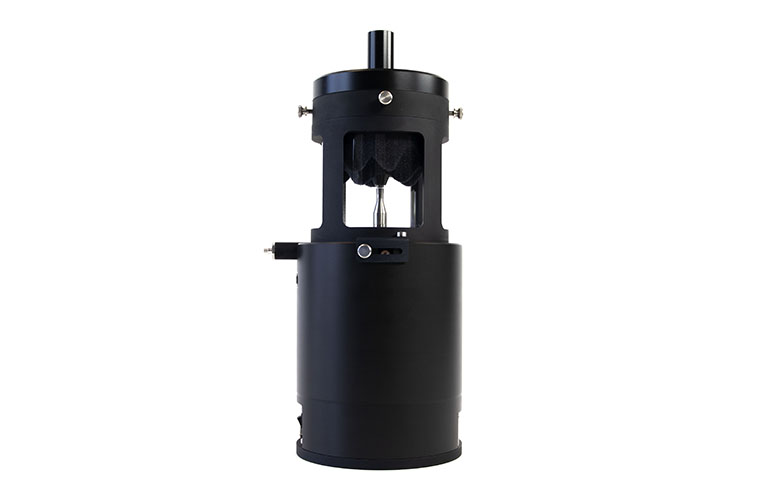Main Menu
- Home
- Product Finder
- Calibration Systems
- Calibration Services
- Digital Sensing
- Industrial Vibration Calibration
- Modal and Vibration Testing
- Non-Destructive Testing
- Sound & Vibration Rental Program
- Learn
- About Us
- Contact Us
 In the article Acoustic Methods of Microphone Calibration, originally presented at the 22nd International Congress on Sound and Vibration by authors Chad Walber, et al., issues related to the calibration of various types of microphones, including condenser, array, probe, and surface microphones, are discussed. Several methods of acoustically calibrating a microphone for frequency response are covered.
In the article Acoustic Methods of Microphone Calibration, originally presented at the 22nd International Congress on Sound and Vibration by authors Chad Walber, et al., issues related to the calibration of various types of microphones, including condenser, array, probe, and surface microphones, are discussed. Several methods of acoustically calibrating a microphone for frequency response are covered.
According to Walber et al., “Microphone sensitivity is used by engineers as an indication of microphone health. Tracking sensitivity over time istypically the best indication of microphone stability. Unfortunately, engineers typically rely on the microphone frequency response calibration given by an outside lab as the sole source for correction in any acoustic measurements they make. It may be necessary, however, to be able to verify the frequency response in order to increase the overall accuracy of your measurements. Condenser microphones are typically calibrated via an electrostatic actuator by the manufacturer, and then a correction factor for the appropriate field is applied to the microphone calibration. The correction factors for those calibrations are well known. Array microphones cannot be calibrated via electrostatic methods, due to the lack of a metal diaphragm, and must be calibrated using acoustic methods. This discussion will outline acoustic methods of microphone calibration which are appropriate for both condenser microphones and array microphones. The measurements of pressure and free field response will be described as per IEC standards.


Shown is an example of a pressure calibration according to IEC 61094-5 using Acoustic Calibrator Model 9919C
Download Acoustic Methods of Microphone Calibration for the full article.